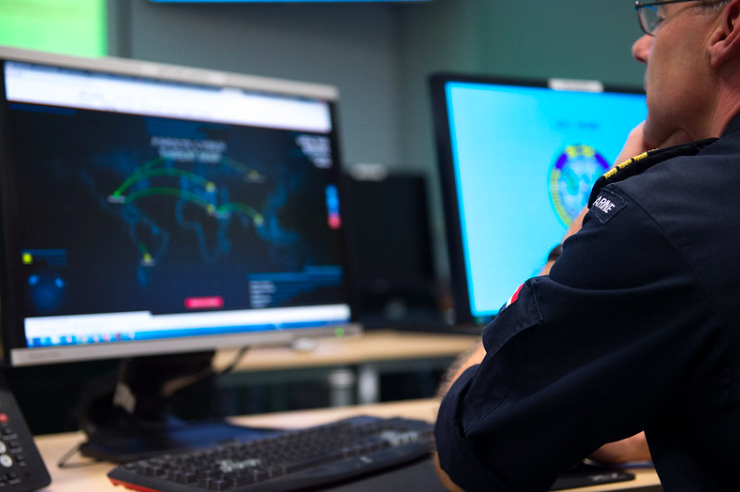Prime Minister Narendra Modi’s visit to Canada earlier in 2015, the first bilateral visit by an Indian Prime Minister to Canada in over 40 years, marks an opportunity for the struggling Canadian economy. Still suffering from oil shocks and faced with a contracting manufacturing sector, Canada clearly needs a shot in the arm to propel it from a long period of stagnation. With TPP negotiations slowing down amid concerns for the health of Canada’s supply chain, it could very well be in the interests of the government to explore trade with BRICS countries instead, which often have dissimilar economies to more developed nations, which highlights comparative advantages further.
BRICS trade, especially with India and China, is tantalizing due to the amount of immigrants and visitors that Canada receives. The Indian diaspora of 1.2 million in Canada, over 3% of its total population, is the third most in the Western world, trailing just the United States and the United Kingdom. Sino-Canadian trade is already fairly developed, and Canadians can certainly use their successes in that field to bolster their trade with India. In fact, various factors have made bilateral trade with India more promising, including India’s new outward-oriented economic policies that have been shaped over the previous decade and especially with the appointment of Modi, a common language and democratic orientation, and similar legal framework.
Talks about a Canada-India Comprehensive Economic Partnership Agreement (CEPA) have been underway since 2009. The Chamber of Commerce of Canada has set forth several guidelines and goals for this agreement, in which they focus on making tariff regulations more malleable, make investment in India easier, and education flow between the two countries. Canada’s biggest exports to India, as of 2011, are comprised of vegetables, precious metals, fertilizer, aircraft, and paper. These exports are mostly handled by small to medium-sized businesses, which is crucial for revitalizing Canada’s stagnant economy.
Canada’s biggest hurdle to face is India’s barriers to entry. India’s average tariffs are set at 7%, nearly double the world average. Both sides could benefit from reduction of tariffs in key industries in which both countries have a real comparative advantage, where the opportunity cost of producing one item over another is lower in one country than another. For example, Canada would not lower tariffs on its highly protected dairy industry, but could ease tariffs on textiles, which India supplies in full force. India could lower tariffs on paper, animal products, and vegetables. However, intangible barriers to entry, such as poor Indian regulations and safety guidelines, could bog down any significant trade deal.
As important as the economic impact of a CEPA would be the political implications. In a world where Canada-U.S relations are markedly more chilly than the height of their co-operation, Canada would do well to enlarge its circle of partners. Terms set upon Canada by TPP negotiators that would crush national dairy and poultry supply chains could very well propel the government to seek trade diversification into a country with a rapidly expanding market and massive demand for Western products. Better relations with India could also attract more students and investments to Canada, just like how Sino-Canadian relations have lead to over 7,000 students from China going to just the University of Toronto last year, as opposed to just over 700 Indian students. Greater exchange of education and skills development always propels innovation, especially if India’s brightest students decide to stay in Canada after graduation.
Legal procedures, of course, are not the only way Canada can leverage its relationship with India. Personal networks of Indian families in Canada and Canadian expatriates in India could be leveraged in the form of business networks and familial ties. Cultural celebration, like the ubiquitous Chinatowns and festivals celebrating Chinese pride in Vancouver and Toronto, could certainly apply to Canada’s growing Indian population. As a proud ‘cultural mosaic’ of a country, Canada should leverage the advantages of its huge immigrant population to revive its economy and reassert itself in the world network.




